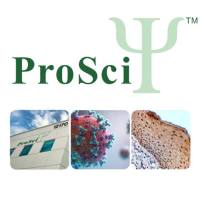Gene Regulation by Thyroid Hormone Receptors
互联网
315
The transfection and overexpression of the cDNA encoding the thyroid hormone receptor (TR) in mammalian cells has shed light into several aspects of the function and biological characteristics of the TR in cells. Using this method, thyroid hormone and TR-responsive genes and response elements were identified. As well, the diversity of TR binding sequences and the effect of heterodimerization with retinoid x receptor (RXR) were elucidated. Furthermore, the functional domains of the TR, its activation domain, hormone-dependent transactivation function, nuclear localization, dimerization properties, and silencing domain could be identified and characterized (Fig. 1 ), for (reviews
see
refs.
1
-
3
). The identification and analysis of functional domains of TR was accomplished mostly by generating fusion proteins of TR parts to a heterologous DNA-binding domain (DBD), such as that of the GAL4-DBD. These fusion proteins permitted the determination of amino acids required for a specific receptor function and allowed the dissection and separate characterization of the various functions of TR (
4
,
5
).
Fig. 1.
Functional domains of the thyroid hormone receptors analyzed by functional assays. Thyroid hormone receptors encompass a variety of functional domains. The highly conserved zinc finger region is highlighted. The functional DBD extends the zinc finger region and is responsible for recognition and binding to TREs. The ligand-binding domain (LBD) is localized in the receptor carboxy terminus and overlaps to a great extend the silencing domain, which is responsible for active transcription repression in the absence of thyroid hormone. Transactivation domains (AF1 and Helix 12/AF2) are localized in the receptor amino terminus and carboxy terminus, respectively. Nuclear localization is mediated by the nuclear localization signal (NLS). The receptor dimerization for homo- or heterodimers is mediated by the dimerization domains (Dim).






